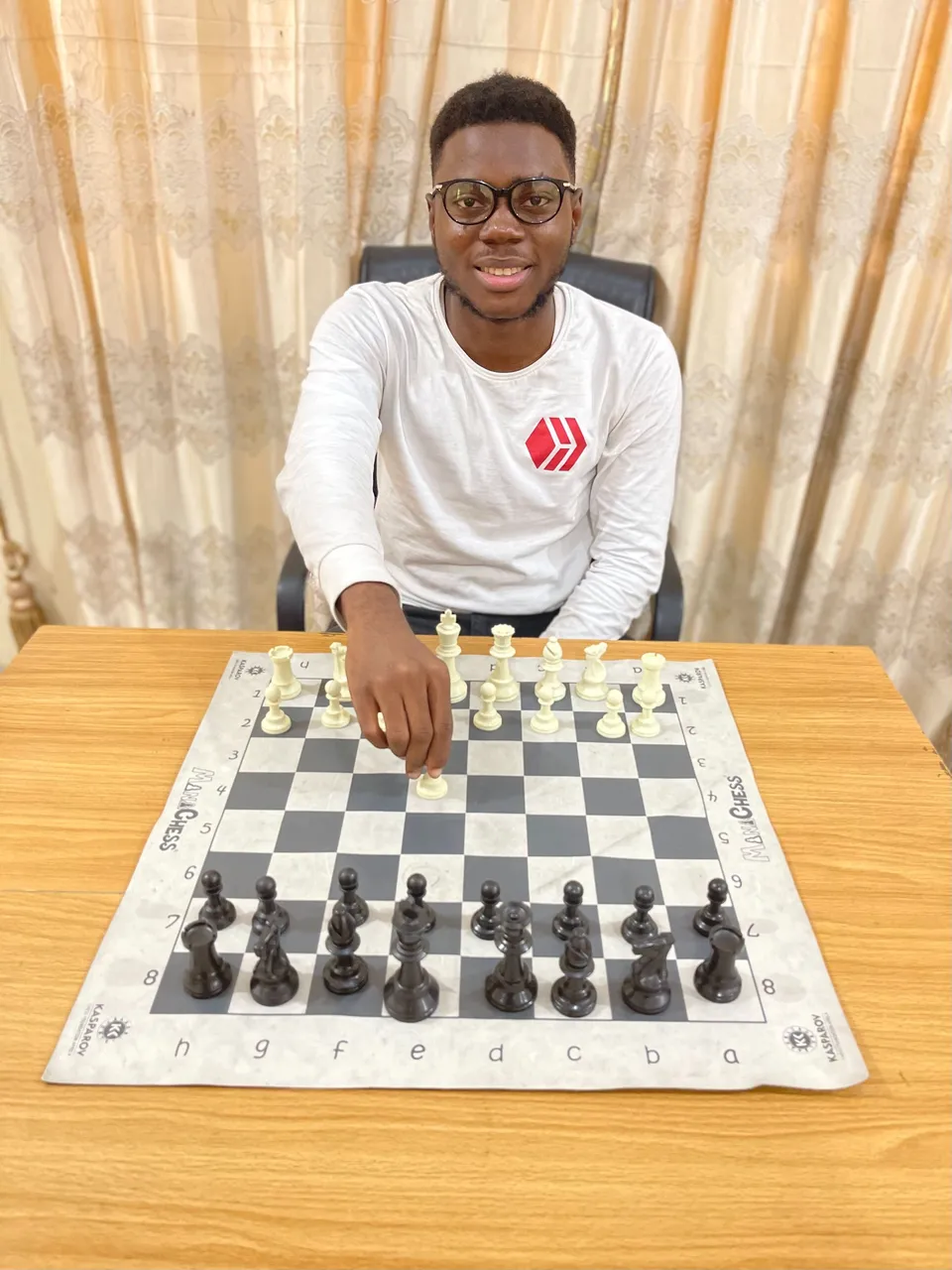We are making progress with our learning chess series as we are now in the fifth lesson, which is going to be centered on the knight. As always, if you missed the previous article, check it out, Previous Article, to flow along with the lessons. And if you have missed more lessons, not to worry, you can always check my blog for those lessons you missed and some learn during your free time.

The Knights of Camelot, today we fight to defend our kingdom from external magic and evil that wishes you put us in the ground. Hey, do not get too carried away, as I was just trying to create a line of mine from some common words spoken in the BBC hit series Merlin. Well, if you know that series, we will know that they were knight who were also referred to as noble men due to their sworn oath to defend their kingdom from external threats whenever the need arises. And as always in this kind of movie, the need will always arise, fair to say it was probably this need to defend Camelot (their kingdom in this case) that contributed to the growing interest in the TV show. Well, what my story is driving at is quite simple: the knight is a warrior created for only one purpose, which is defending their kingdom. Just like what the knights of Camelot did in Merlin, that is what the knight on the chessboard is supposed to do. The Knight defends, and if the need arises, the Knight can be sacrificed for the greater good of the kingdom, in this case, to win the game.
One thing to bear in mind when dealing with the knight, it is tricking, and this is because of its ability to attack two or more pieces at the same time, known as a fork (one thing we treat under basic tactics in chess). As for its movement, picture an L shape in your mind, then when you look at the chessboard and draw the same L shape, using only three squares. You should do something like 1, 2, and then turn. If you were able to get it by now, that is fine, but if you didn't, that is fine. Just read it again and, as usual, check the attached video for better understanding. As for capturing with Knight, it is quite easy. The square the knight lands on after making the L-shaped movement, whatever opposing piece is on that square, it can capture it.
Do not feel down or bad if you didn't get the knight's movement correctly on your first attempt. As a beginner many years back, I didn't get it either, but after several tries and relentless rejection of giving up, I finally understood it.
Here is the video to better help your understanding of how the knight works.
Keep learning and try to have fun while doing it. See in the next lesson


I am @samostically,I love to talk and write about chess because i benefited alot from playing chess and I love writing about chess.
♟♟♟♟♟♟♟♟♟

